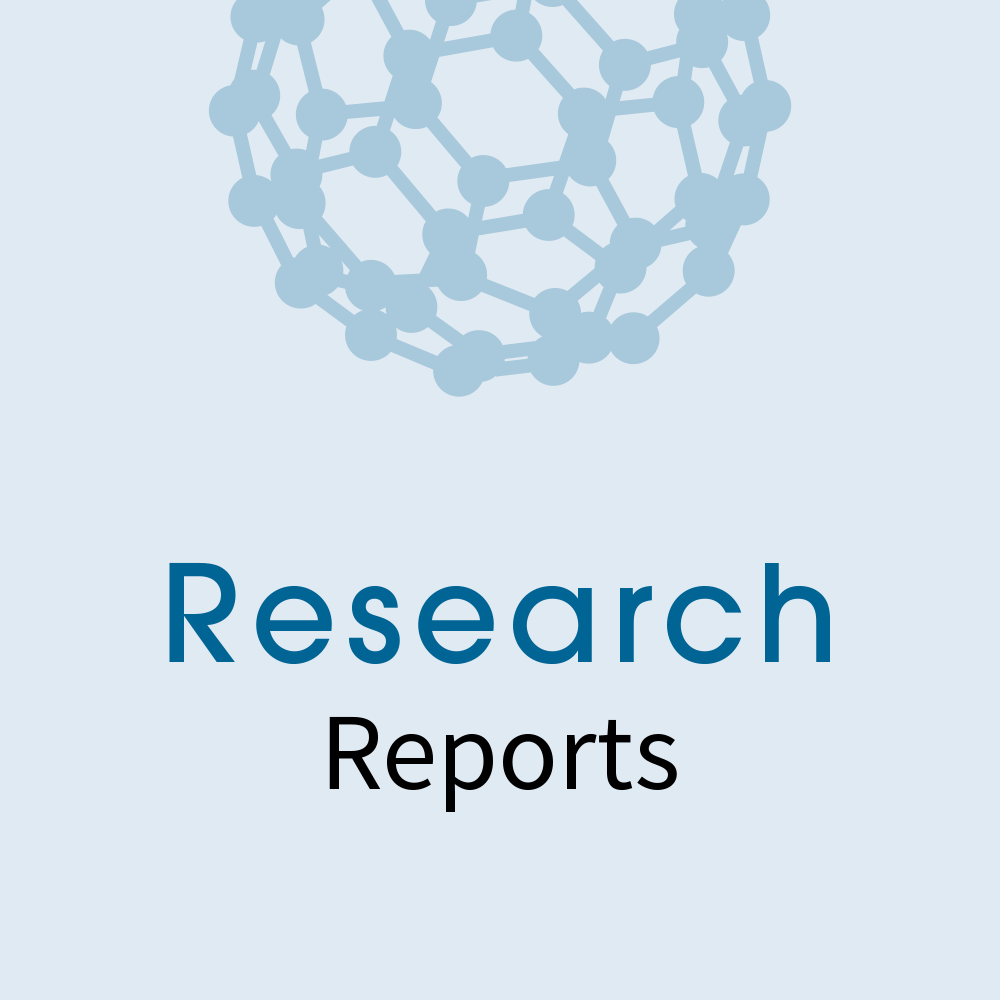DESCRIPTION
This study researched whether and how affiliation with the Nanoscale Informal Science Education Network (NISE Net) led to change in informal science education organizations’ (ISEs) practices. The NISE Net provided an opportunity to look at how participation in a large but loosely-structured network of museums, science centers, educators, and scientists can influence museums to experience organizational change and adopt new practices. By conducting qualitative case studies of a few selected partners, this research aimed to understand the conditions that facilitate or impede the influence of NISE Net-related practices within its network of partner organizations. Site visits to six highly involved NISE Net museums, separated by 18-20 months, allowed us to see changes that had a short-lived lifespan as well as those that looked as if they would be sustained over a longer period of time. By collecting data through a variety of methods—including interviews with staff members, volunteers, and scientist partners as well as onsite observations of meetings and programs—this study gained a rich sense of how each site functioned as a community, how each received, interpreted, and used information from NISE Net, and how this work changed over time.
Authors: Marta Beyer, Steven R. Guberman, and Stephanie Iacovelli
Timeline: 2011-2015
DESCRIPTION
This study researched whether and how affiliation with the Nanoscale Informal Science Education Network (NISE Net) led to change in informal science education organizations’ (ISEs) practices. The NISE Net provided an opportunity to look at how participation in a large but loosely-structured network of museums, science centers, educators, and scientists can influence museums to experience organizational change and adopt new practices. By conducting qualitative case studies of a few selected partners, this research aimed to understand the conditions that facilitate or impede the influence of NISE Net-related practices within its network of partner organizations. Site visits to six highly involved NISE Net museums, separated by 18-20 months, allowed us to see changes that had a short-lived lifespan as well as those that looked as if they would be sustained over a longer period of time. By collecting data through a variety of methods—including interviews with staff members, volunteers, and scientist partners as well as onsite observations of meetings and programs—this study gained a rich sense of how each site functioned as a community, how each received, interpreted, and used information from NISE Net, and how this work changed over time.
Authors: Marta Beyer, Steven R. Guberman, and Stephanie Iacovelli
Timeline: 2011-2015
Credits
Museum of Science
Developed for the NISE Network with funding from the National Science Foundation under Award Numbers 0532536 and 0940143. Any opinions, findings, and conclusions or recommendations expressed in this product are those of the authors and do not necessarily reflect the views of the Foundation.
Creative Commons Attribution Non-Commercial Share Alike 3.0 United States (CC BY-NC-SA 3.0 US).
View more details

NISE Network products are developed through an iterative collaborative process that includes scientific review, peer review, and visitor evaluation in accordance with an inclusive audiences approach. Products are designed to be easily edited and adapted for different audiences under a Creative Commons Attribution Non-Commercial Share Alike license. To learn more, visit our Development Process page.

